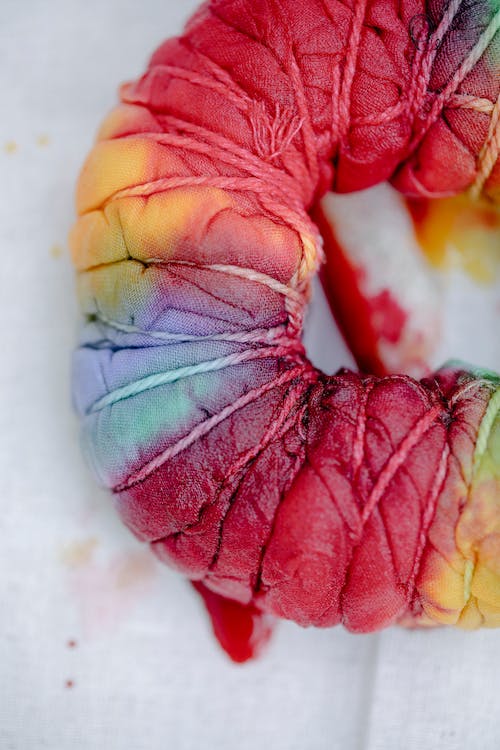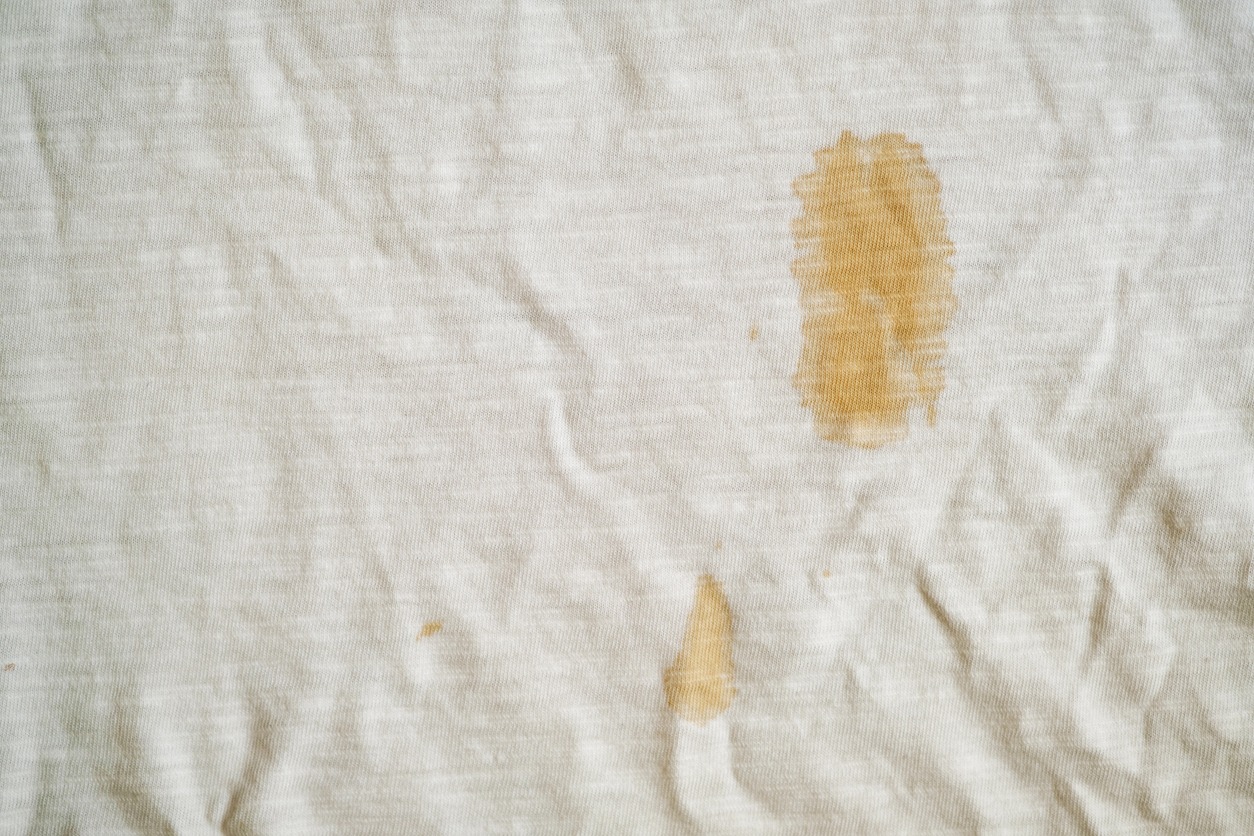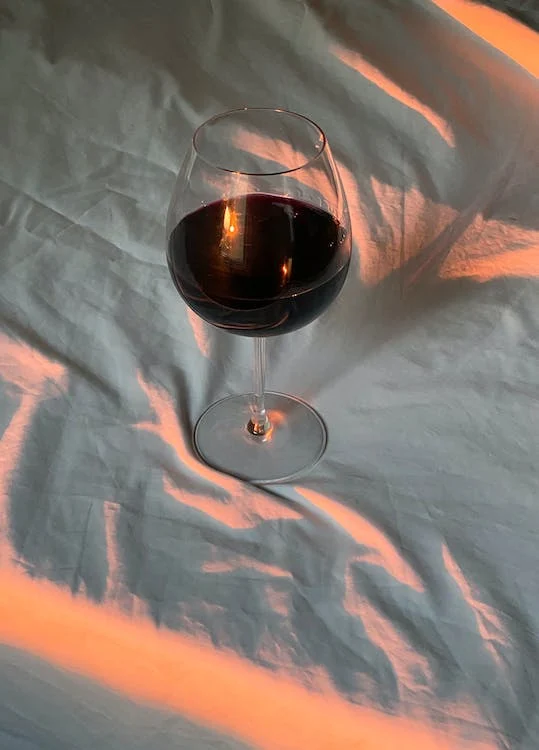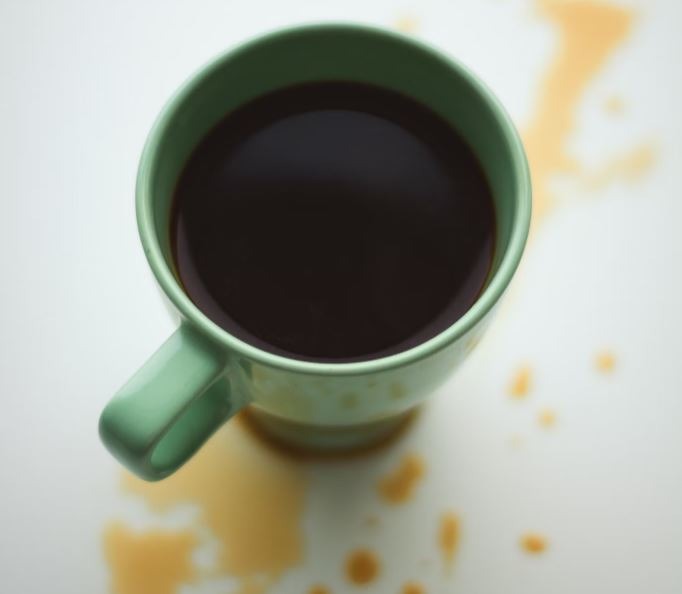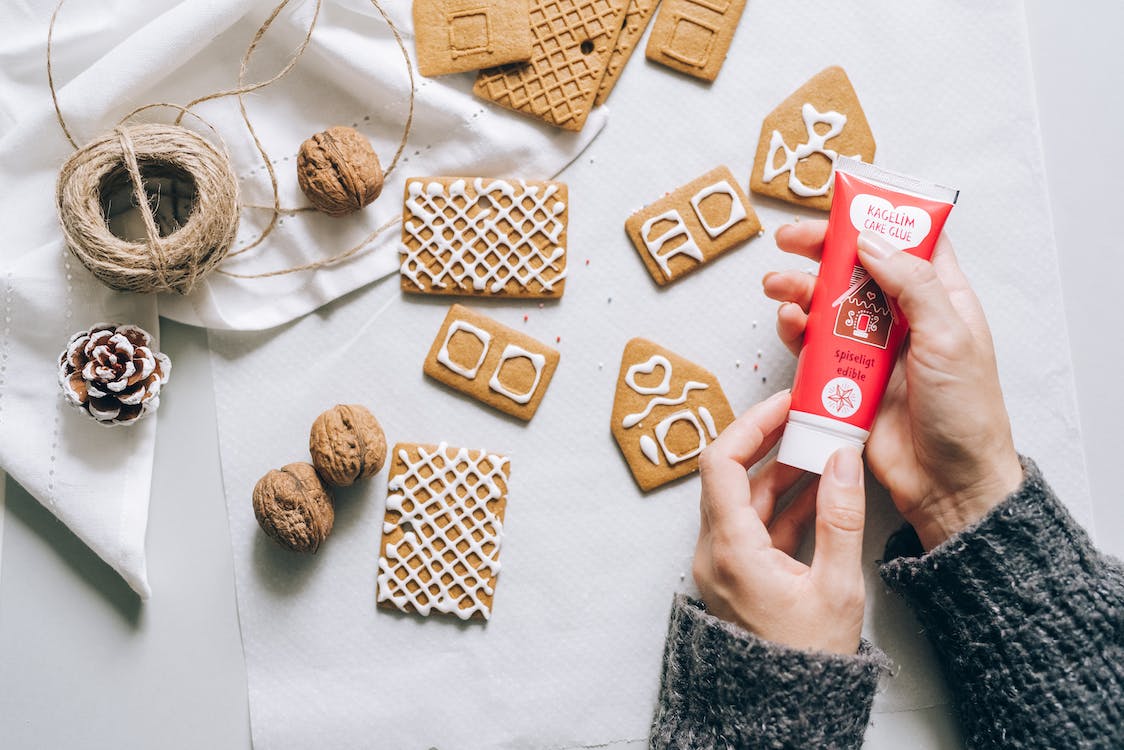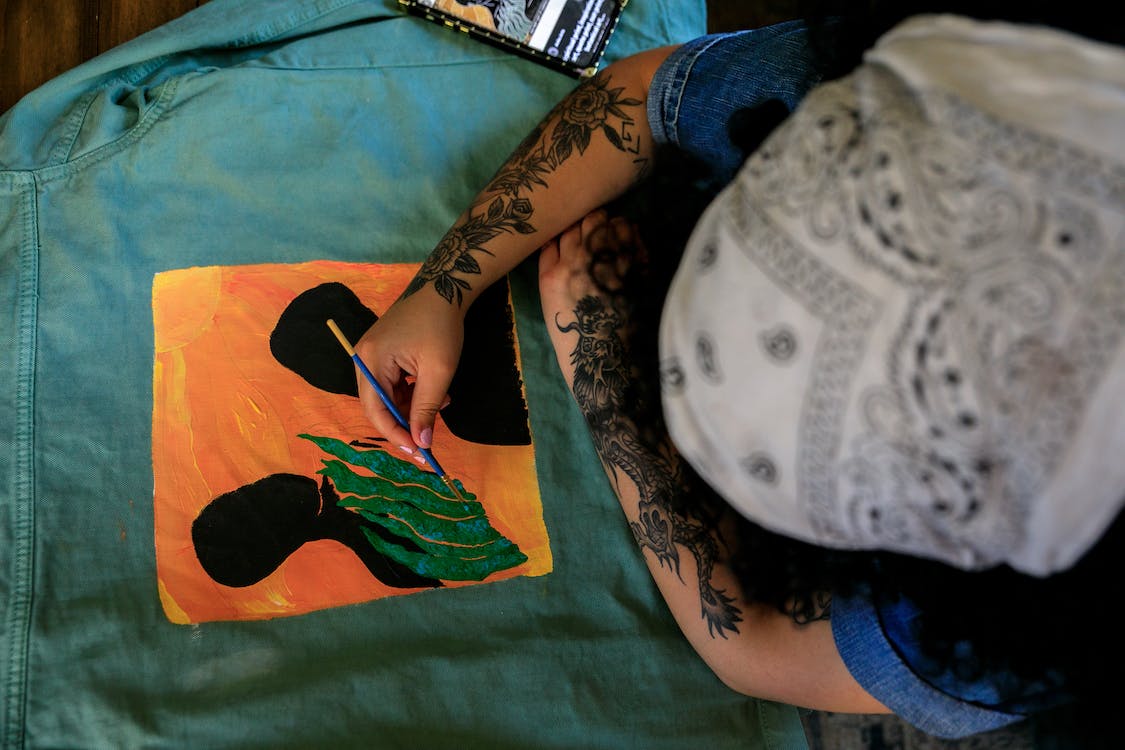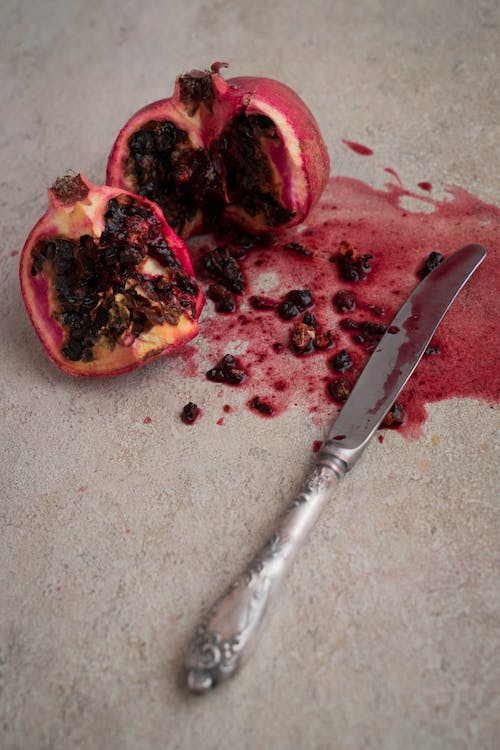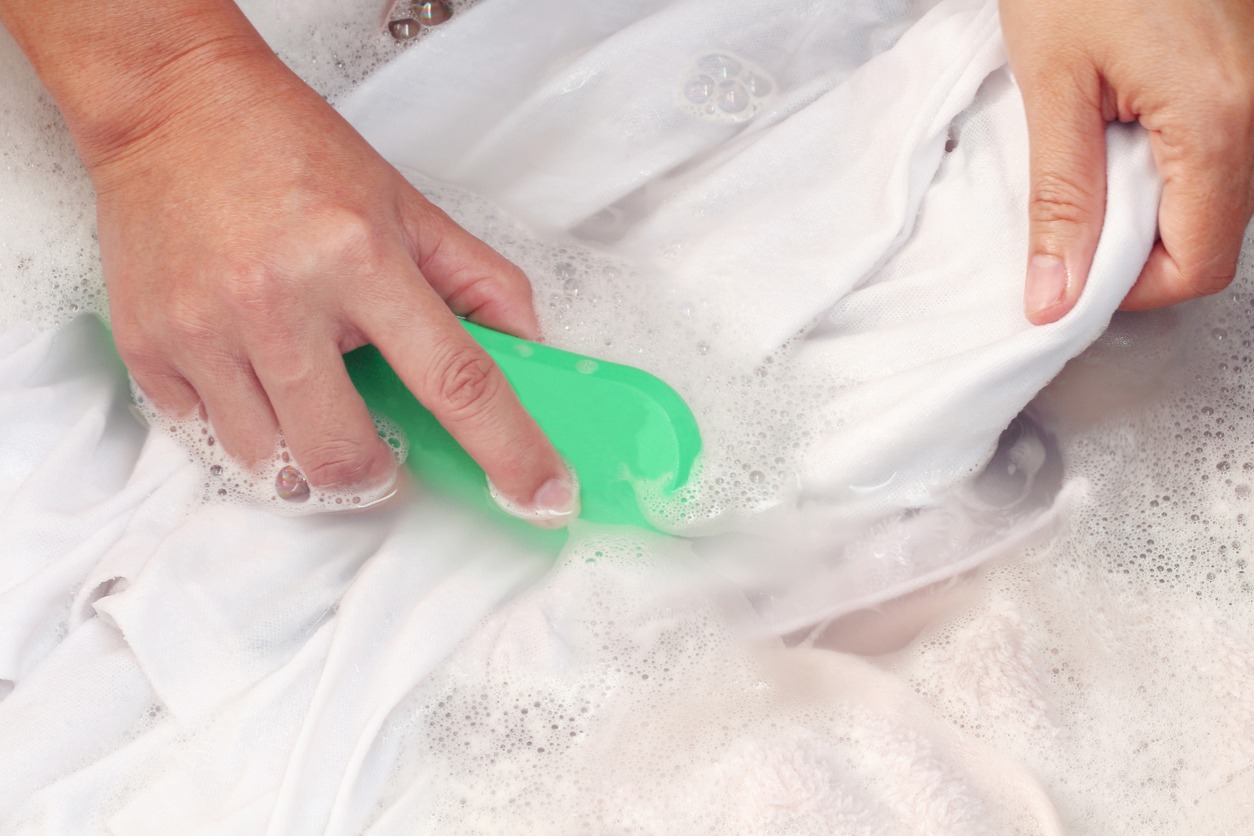Introduction
We’ve all experienced it: slipping in the yard, spilling while drinking, or dripping an ink pen in the pocket, and now your favorite shirt is stained. Even after washing it thoroughly, the bothersome stain persists. Stay calm and go online to get a replacement. You may save your clothes and wallet by using a few tips and tactics to remove that stain.
A stain is an area of discoloration absorbed into the fabric and brought on by a small amount of filth or discoloration on a backing fabric that is resistant to removal by washing or dry cleaning. We will talk about several methods of removing clothing stains in this article. However, you can approach those stains in time. In this article, suggestions are given to remove those stubborn stains from your favorite clothes.
How to Remove Different Types of Stains in Clothing
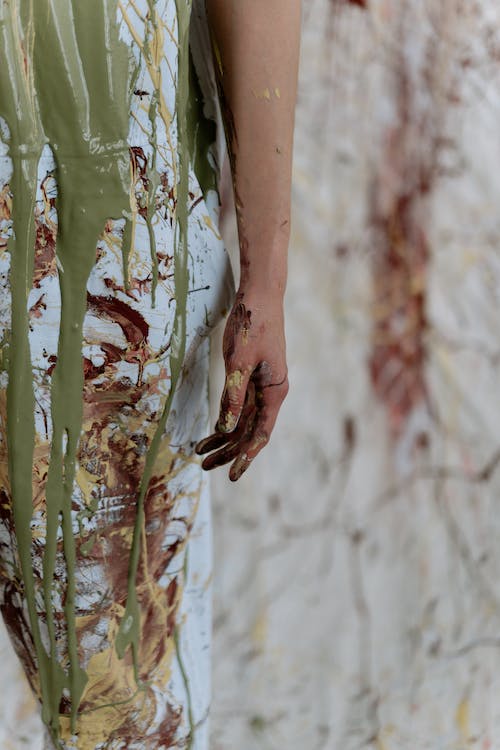
A stain is an area of discoloration absorbed into the fabric and brought on by a small amount of filth or discoloration on a backing fabric that is somewhat resistant to removal by washing or dry cleaning. I’ll review several stains and how to remove them from clothing in this post. Whether you’ve gotten mud on your t-shirt or spilled wine on your favorite blouse, these types of stains on clothing can be removed with the appropriate cleaning techniques.
1. Oil –
Your white shirt is splattered with oil from your frying pan. Remove any oily solids from the fabric using a dull knife or spoon. Then, use a paper towel to blot any liquid oil stains. Once the excess oil has been removed, you can use baking soda to extract more oil from the fabric. After this has had time to sit, you can start washing the clothing. After treating the affected area with a strong laundry detergent, check to see if the stain has vanished. Once the clothing is laundered, the oil disappears.
2. Red Wine –
It is recommended to have delicate fabrics, including silk and wool, professionally dry cleaned. Red wine is the culprit behind one of the most frequent stains on garments! This stain also makes you anxious, but thankfully, there’s an easy fix, so you don’t have to feel that way again! The following procedures can be used to remove red wine stains from clothing if the fabric in question can be cleaned with potent cleaning agents (see the garment label): Lay the item of clothing on a level surface and place several paper towels underneath the discolored part of the fabric. These will be used to absorb some of the stain and moisture.
3. Coffee –
To prevent coffee stains from soaking into the fabric, run cold water through the back of the item using a faucet. After rubbing liquid dish soap or laundry detergent into the coffee stain with cold water, let it sit for five to ten minutes. After treating the coffee stain with a stain remover spray or gel, wash the item of clothing as usual.
4. Protein Stains –
Different protein stains include ice cream, pudding, milk, blood, cheese sauce, egg, gelatin, and white glue. If the stain is recent, scrape or brush off any crusted matter before soaking the fabric in cold water with a detergent or an enzyme presoak product. Then, agitate the cloth with fresh protein stains and rut it against itself to loosen the stain using hot water, which initially helps to remove the stain.
5. Paint –
Perhaps your arts and crafts night could have gone better, leaving you with a paint spill on your clothes. Lift and carefully scrape off as much extra paint as possible using a dull knife or spoon. Use a strong stream of warm water to remove the color from the fibers as soon as feasible. Work a liquid laundry detergent and water solution into the stain, then rinse and soap it away until the stain is gone. This should be said more than once. After that, wash the item as expected.
6. Stains Made of Chocolate –
Treating a chocolate stain as soon as feasible is recommended. Machine washables should be pretreated with an enzyme-containing product in warm water. Alternatively, apply a prewash stain remover before washing. Rewash the garment with fabric-safe bleach if the discoloration persists. Conversely, use an eyedropper to add diluted white vinegar to the stain to treat non-washables. Use cool water to wash the area.
7. Fruit Juice –
Fruit juice spills on garments are relatively common, especially among children. Fortunately, using merely laundry detergent and a hot wash cycle will effectively remove fruit juice or fruit stains from garments. Juice stains on clothing can be successfully removed by rinsing the area with cold water to minimize the stain’s intensity rather than scrubbing. Opt for an enzyme-containing laundry detergent, as this material aids in breaking down various kinds of organic materials. Wear rubber gloves and use your fingers to apply the product to the stain and surrounding area. Give the article of clothing 20 minutes before throwing it in the laundry and setting it on the hot cycle.
8. Ballpoint pen or ink –
An ink spill, or worse, a line of ink on your clothing, can occasionally result from a bit of carelessness. More minor ink stains on clothing can be removed more quickly than most people realize. Still, more significant stains would need to be professionally cleaned. Place enough paper towels below the fabric to absorb considerable moisture to erase ink stains. Using a sponge, fully immerse the stain in 70% isopropyl rubbing alcohol. Blot the area using a fresh white cloth and check if the stain is spreading.
Even if old ballpoint ink stains might not come out immediately, giving it a few minutes before using a different technique is best. Alternatively, spray hairspray over the stain and dab at it several times with crumpled paper towels. While it could take some time, hairspray removes ink stains off clothing. After giving the region a quick rinse with cold water, run a standard machine wash cycle.
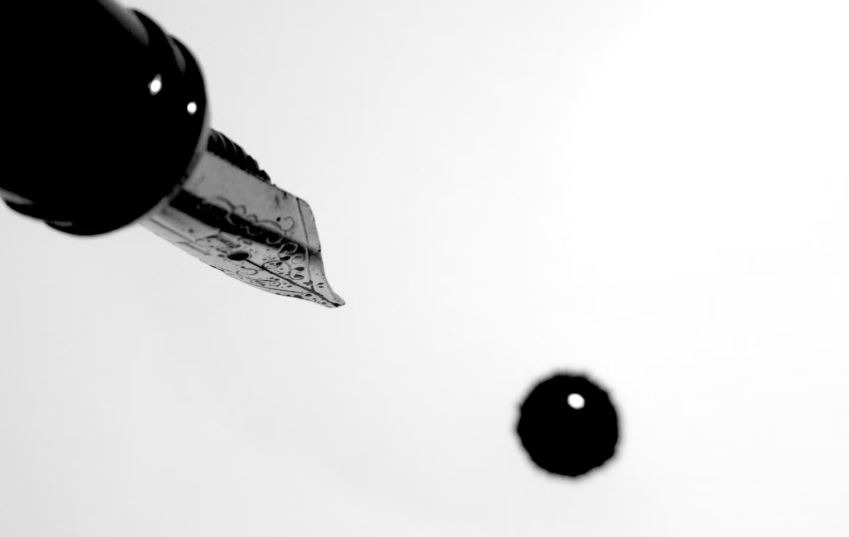
9. Grease –
A reliable dish detergent can remove grease stains from clothing, much like greasy utensils. For maximum results, a grease-fighting cleaning product is highly advised for this. Grease stains on clothing can be removed with the correct dishwashing solution by holding the stain under cold running water and gently rinsing off as much grease with your fingers. Massage a fair amount of liquid dish soap into the discoloration using a soft toothbrush. Spend a few minutes gently cleaning the area in circular strokes. Avoid scrubbing as you properly rinse the soap under running water. Use an enzymatic stain remover and let it stay for 15 minutes if it hasn’t disappeared entirely. The textile item should be washed on a hot cycle without the stain remover being rinsed off first.

10. Bodily Fluids: Sweat and Other –
Sweat and vomit stains are so ugly that they make you want to throw away even your most treasured clothes! Even if you may be disgusted by it, you shouldn’t act hastily, especially when there is an easy fix for your issue! Sweat and bodily fluid stains can be removed by dampening the stain with water and blotting the area with paper towels. If the stain is fresh, some of it may lift. If oxygenated bleach is appropriate for the cloth, use it to spot-clean the stain. Use a trustworthy enzymatic stain remover as a substitute. To completely conceal the stain, pour the product straight onto the area and distribute it evenly. After letting the cleanser soak into the stain for fifteen minutes, gently scrape the area with a moist toothbrush with soft bristles. Run the item through a hot water cycle without cleaning it.
Stain Removable Techniques
Whatever type of stain you’re attempting to erase, the following methods are advised by experts:
1. Brushing
Dry stains and spots are removed by brushing. Brushing can eliminate some stains, such as ones made of dried muck. Brushing is only the initial step in stain treatment for other dry stains. When cleaning a surface of an absorbent or dry stain-removing paste, brushing may be one of the final steps in treating certain stains. For this method, use a small, stiff-bristled brush. For minor stains, a toothbrush is a helpful tool. Stretch the fabric piece on a stable, sanitized surface when working with it. Hold a fresh sheet of paper near the stain to brush the staining agent onto the paper.
2. Flushing
Whereas the purpose of flushing is to eliminate any leftover stain-removal chemical residue and loosen stained materials. This is a crucial stage in the procedure since any remaining chemicals in the material could damage the treated item or result in more stains. Water flow must be carefully controlled while flushing a stain, particularly on an unwashable cloth. Use a tool like an eyedropper, plant mister, or a plastic trigger spray bottle with an adjustable fine stream setting to apply a precise amount of flushing liquid. Place a fresh absorbent pad underneath the stain before starting the treatment, and then carefully and slowly apply the suggested stain remover to the stain.
3. Pretreating
Minor stains, particularly greasy or oily, can be removed more easily by pretreating. After pretreatment, stubborn soil—like the ground-in dirt on collars, handcuffs, and socks—is more straightforward. Applying the stain-removing ingredient directly to the stained area is known as pretreating a stain. There are several options for pretreating colors: liquid detergent, bar soap, soil-and-stain-removing pretreat spray, or pretreating paste composed of detergent powder and water. Applying liquid detergent and pretreating sprays directly over the dried stain is recommended. First, softly moisten the fabric with water if you use bar soap or have made a paste with powdered or granular detergent.
Once the pretreater has been applied, gently massage it into the stain before washing the garment as usual. There are a few things you should consider to use pretreating sprays successfully. Before spraying the spray on the stain, test it first on a discrete area of the clothing. Though some of these sprays contain an oxygen-type bleach element that may damage certain dyes, most are safe to use on any washable fabric. After using the product as directed on the packaging, wait five minutes and carefully rinse the pretest area. The stain can be safely treated without any noticeable color change.
4. Presoaking
Presoaking washable items that are highly discolored, yellowed, or grayed is a practical and efficient treatment. Laundry can be presoaked in a sink, bathtub, or washer. Employ warm water. Before presoaking, sort the soiled goods; noncolorfast objects should be soaked briefly, separately, or with comparable colors. Presoaking stained items for a particular time depends on the stain and the material. You could add bleach, laundry detergent, or an enzyme presoak product to the soaking water. But do not use enzyme products on silk or wool, and do not use an enzyme product and chlorine bleach together.
5. Scraping
Scraping is a valuable technique for removing surplus semisold staining material and loosening stubborn stains. To facilitate the stain-removing agent’s ability to reach the surface, as much of this material as possible must be removed. Scraping is frequently an essential step before stain remover application, even though it may not remove stains entirely. Never place an absorbent pad underneath something you intend to scrape. Use a spoon, spatula, or dull knife as your scraping tool. Use quick, back-and-forth strokes with your scraping tool’s edge to go across the stain instead of applying pressure. Certain stains need you to massage the liquid into the stain as you scrape, removing superfluous material.
6. Freezing
Certain staining materials, like gum and candle wax, can be frozen to solidify and make removing them easier. You can control the stained region if you allow the staining agent to set rapidly. Place one or more ice cubes on a stain to help it freeze. Put the ice in a plastic bag if washing the soiled object is not an option. You can put the stained item in a plastic bag and freeze it if it’s portable and the stain is somewhat significant. Once the staining material has solidified, remove the object. Usually, the stain can be scraped or gently peeled from the surface once it has hardened. Any remnant could need additional stain removal procedures.
7. Using sponges
Sponging is one of the most popular techniques for applying stain removers, including water. Another method that uses clean, absorbent pads is spongeing. Place the affected item stainside down on a pad. If your carpet doesn’t have an absorbent pad underneath, you might need to sponge stains; in that case, you should take extra care to wet the carpet as little as possible. Apply the stain-removing solution using a clean sponge or another clean pad. Use the chemical recommended in the stain-removal instructions to moisten this pad, then gently sponge the spot away. Work your way outward from the stain’s center with delicate strokes. Try to sponge as near to the discoloration as you can.
Apply the stain-removing solution using a clean sponge or another clean pad. Use the chemical recommended in the stain-removal instructions to moisten this pad, then gently sponge the spot away. Work your way outward from the stain’s center with delicate strokes. Try to sponge as near to the discoloration as you can. Just enough stain remover should dampen the sponge and move it randomly. You reduce the possibility of causing rings to form according to these instructions. Periodically check the pad underneath the stain and look over the sponging place. As soon as any stain appears on the pad, replace it. This will prevent the fabric from being stained again.
8. Tamping
Tamping is an efficient stain-removal method for sturdy, tightly woven fabrics, but it might harm more delicate materials. A tiny brush for tamping is the only item required when following stain-removal instructions. There’s no need for an absorbent pad; place the soiled item on the work surface. Lightly stroke the stain directly and repeatedly while holding the brush two or three inches above it. Try applying the bristle tips now to the stained area. As soon as the spot is removed, cease tamping to prevent damage to the cloth. Compared to loosely woven fabrics of slight- or moderate-twist yarn, tightly woven fabrics of high-twist yarn may tolerate more tamping.
Conclusion
There are various methods for getting rid of stains and marks. One of two methods is to loosen or physically remove the stain from the surface, or you can use a stain-removal product that interacts chemically with the stain. Treatments with chemicals and physical methods are often needed for persistent stains. Homemakers and the laundry business frequently employ the following techniques to remove physical stains: brushing, flushing, freezing, presoaking, pretreating, scraping, sponging, and tamping. The type of surface stain and the type of stain determine which procedure is best for treating a specific spot or stain.

